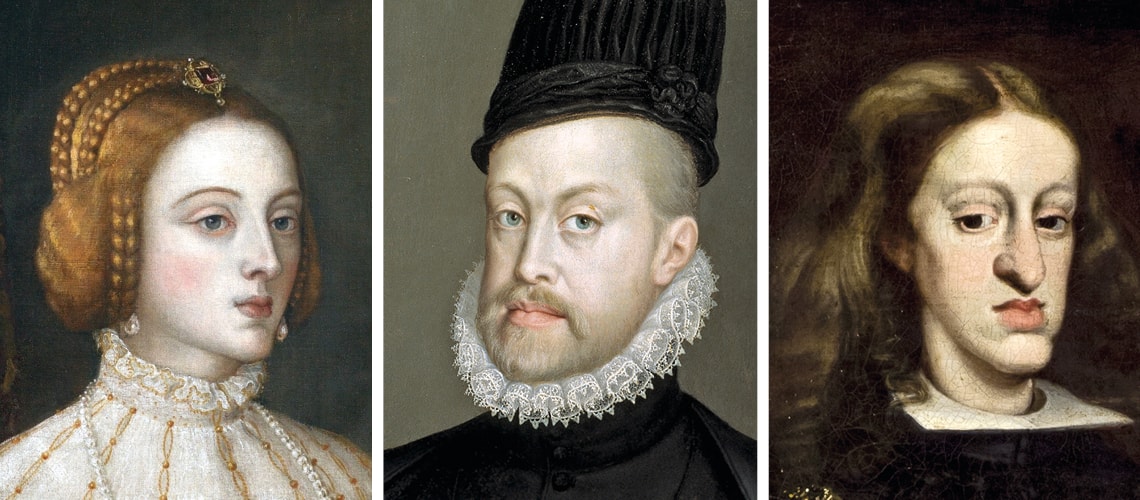Successive marriages between close relatives may have been the genetic cause of the highly pronounced jawline among members of the Habsburg imperial line, which reigned in Europe from the thirteenth to the twentieth century (Annals of Human Biology, December 2, 2019). Since there was no way to collect blood or tissue for genetic analysis of the centuries-old family, researchers from universities in Spain and South Africa examined 66 portraits of the kings and queens of the Habsburg dynasty, most stored at the Prado Museum in Madrid, Spain, and the Kunsthistorisches Museum in Vienna, Austria. The aim was to identify whether there was a cause and effect relationship between the facial deformity—which included a slightly bulbous lower lip and a long, pointy nose—and consanguineous marriages. Ten maxillofacial surgeons independently examined the images and identified 18 examples of facial deformities with a genetic origin: 15 had maxillary deficiency (underdevelopment of the upper jaw and surrounding bones); and 3 had prognathism (a protruding lower jaw). According to the analysis, the deformity was more severe when the familial relationship between the individual’s parents was closer, confirming the possible genetic cause of the problem.
RepublishGenetics
The distinctive Habsburg Jaw

Empress Isabel of Portugal (1503–1539) and Kings Felipe II of Spain (1503–1539) and Carlos II of Spain (1661–1700), members of the dynasty with facial defects
Wikimedia Commons 3 Park, J. et al. Science Advances. 2019

